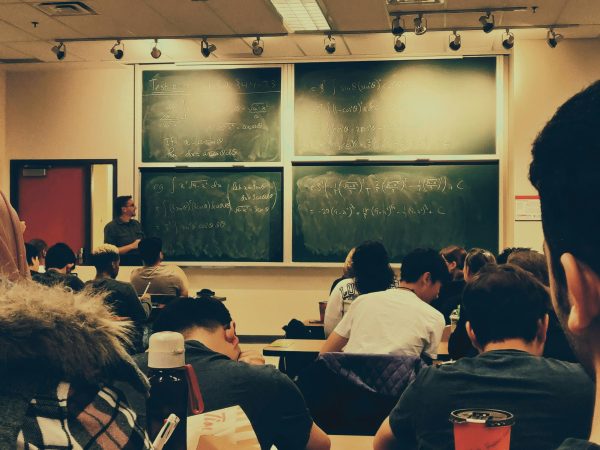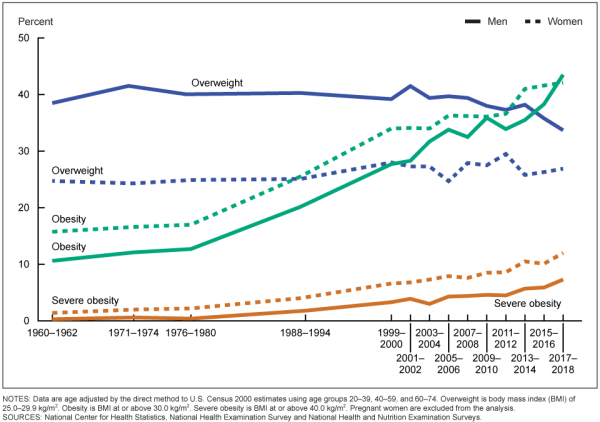COVID-19 And Returning to Normal for Dogs and Other Pets
May 13, 2020
Are pets going to be ready for the family to return to school and/or work?
For all pets, whether fostered or adopted, especially those new to the family, their normal is all of the wonderful attention they have been getting since the COVID-19 shelter-in-place orders became a reality. Many animal shelters had a run on adoptions, and foster families popped up like never before.
Dogs are getting a lot of attention and are being walked more than usual. People are trying to escape the insanity of being home all day, every day, and pets are the beneficiaries, leading this animal lover to have cause for concern. It is for this reason I am writing to you. Word needs to get out to people that enough time has lapsed that their pets have adjusted to having increased attention, and changing back to their busy human lives can have devastating effects on their pet’s behavior and, consequently, their homes.
It is really nice to see so many families out strolling the neighborhood, many with their dogs, almost daily, some multiple times a day. I am seeing people I’ve never met out walking. Everyone seems happy, especially the dogs. It is as if there wasn’t a shelter-in-place order because of a worldwide pandemic. It even seems as though there are more people out walking than there are cars on the road.
As leaders of our communities start talking about transitioning back to work, school, and life, it is important to create a public service announcement (PSA), a campaign if you will, about how pet owners can transition back to what life was before COVID-19, with an emphasis on preparing their pets for the inevitable reduction in time for walks and the extra attention they have been getting. Animals, especially dogs, in my opinion, are creatures of habit and are not going to understand why their humans suddenly stopped spending so much time with them.
Pet owners/fosters are enjoying their pets more than usual, as are the pets loving all of that attention. For many it’s a therapeutic bond; however, people have likely not thought about what it will mean not only to them, but to the dogs, cats, and other pets, when everyone goes back to their busy lives and all that loving attention goes back to normal. Sadly, for dogs that often means very little attention and rare walks, which can cause separation anxiety.
Separation anxiety can be a very expensive behavior because it often leads to costly home repairs or replacing ingested or soiled items, and vet bills for sick pets (some of whom won’t survive what was ingested). Unfortunately, behaviors like these can lead to shelters filling back up. People need to learn what they can do to reduce or prevent their pets from destructive behavior now while they have the time. Many won’t have time once they return to their pre-pandemic lives. Let’s try to keep dogs and other pets from being dumped or returned to shelters by educating the public now. Most local shelters and rescue organizations have resources and/or referrals for training.
Sincerely,
Lisa Martin








































































